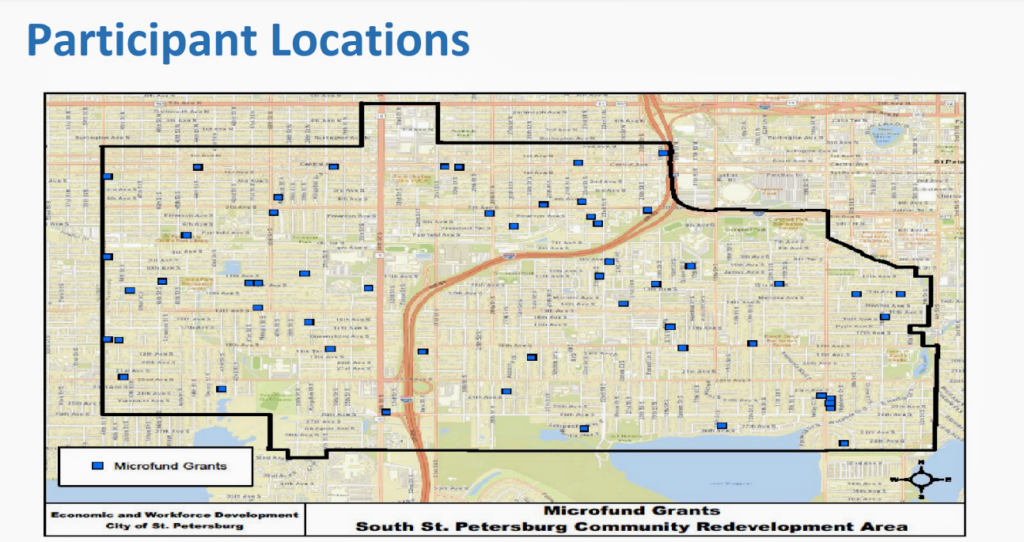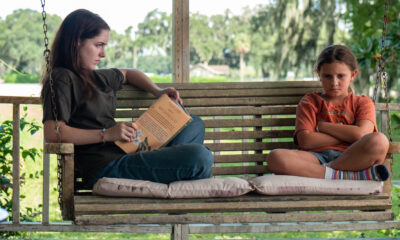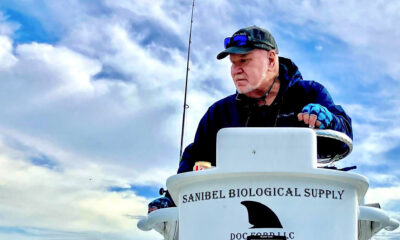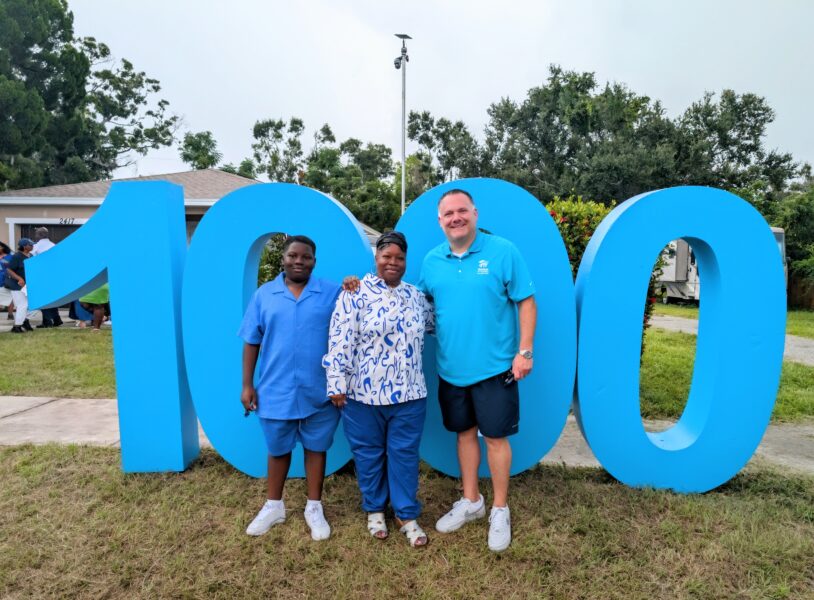Thrive
Officials tweak South St. Pete business development program

While a new initiative that fosters South St. Petersburg small businesses found success – with 95% of the inaugural cohort completing the program – city officials have identified areas for improvement.
The South St. Petersburg CRA (Community Redevelopment Area) Microfund program awarded $440,000 to 53 participants. In addition to much-needed funding, 96% said their business acumen increased throughout the four-month course, which ended in September.
City council members comprising the Economic and Workforce Development Committee heard the program’s accomplishments and growing pains Thursday. Tracey Smith, small business liaison manager, expressed her excitement for the first cohort.
“This is the map of who was funded, and look how it was spread out so evenly within the CRA,” Smith said. “You could not have asked for anything better than this.”

A graphic highlighting participating business locations within the South St. Pete Community Redevelopment Area (CRA). Screengrab.
The St. Pete Greenhouse administered the program and provided sales, marketing and management education for what Mayor Ken Welch previously called a “game changer” for CRA entrepreneurs. The first cohort included 28 brick-and-mortar and 11 home-based businesses, four early-stage startups, nine childcare companies and one business headquartered in a shared commercial space.
Smith, co-manager of the Greenhouse, noted that program officials began evaluating their efforts before the program ended. They will now implement modifications and enhance their communications strategy ahead of the Dec. 2 application round.
Smith stressed that the first cohort was a pilot “that had never been done before.” She said the 53 business owners – the program started with 56 – had differing plans and knowledge levels that presented challenges.
“We knew that we would need to evaluate that process and see what we needed to tweak and improve …,” Smith said. “Even as we were launching the first program, we were already working on what we wanted to do better for next time.”
The evaluation process included two focus groups with mentors and navigators. Smith also held 26 weekly team review meetings.
In addition, program officials conducted surveys to gauge effectiveness. All 53 graduates and 15 internal stakeholders responded.
Smith noted that 90% of respondents would recommend the program to a friend. However, just 40% said they utilized the technical assistance it offered.
“We missed the boat on this one – it was not required,” Smith said. “In the next cohort, the training will be required to receive grant funding.”
Smith also acknowledged the “confusion and angst” among applicants and administrators over the program’s launch. She said the application window will remain open for 30 days and accept everyone who qualifies until the program reaches its 45-person capacity rather than on a first-come, first-serve basis.
She said program officials want to offer three cohorts totaling 135 entrepreneurs in 2024. They increased the initial allotment from 45 to 55 people, which Smith called challenging.
Many survey respondents asked for increased communication and a simplified application process. Councilmember Deborah Figgs-Sanders said she’d heard the same concerns.
Smith said those efforts are underway, and she will also implement a waiting list. “We’re planning way out to three cohorts, so we … want to continue to accept people and have that list available,” she explained.
“Because we may need to pull people off a waiting list for people who fall off for whatever reason,” Smith continued. “But there will be communication.”
She said increasing networking time was also a frequent suggestion. As part of the program’s curriculum, participants spent a night learning how to interact and exchange ideas with colleagues.
“It’s (networking) not just showing up in a room and giving out your business card,” Smith added. “We need to find a way to have them connect more.”
Other respondents said officials needed a better understanding of their initial business knowledge. Smith explained that many clients lacked foundational expertise and documents.
While the program provides that education, she said applications will now include questions regarding financial and marketing plans. However, Smith stressed that information would help guide program mentors and navigators and not influence acceptance.
The program’s website includes “broad” information about the next cohort. Smith said it would feature more specific details in the coming weeks.
“While it was clear that the microgrant is a first-time enterprise for the Greenhouse, the staff did what they could to answer questions and mitigate responses that arise naturally out of new initiatives,” said one anonymous survey respondent.
For more information on the South St. Pete CRA Microfund program, visit the website here.







